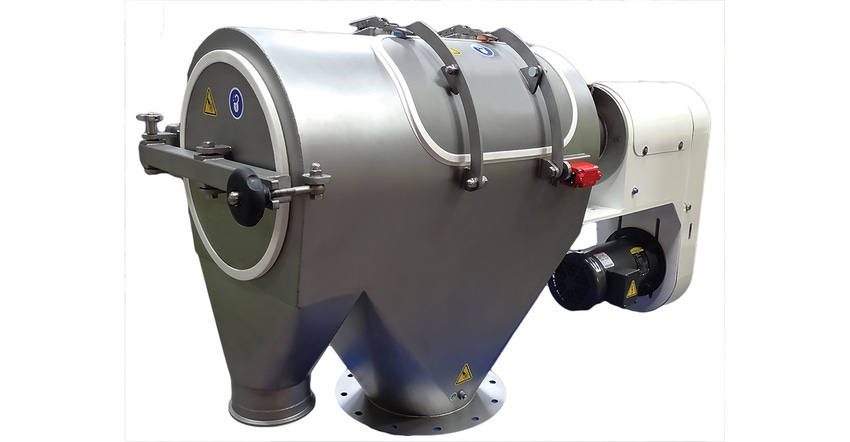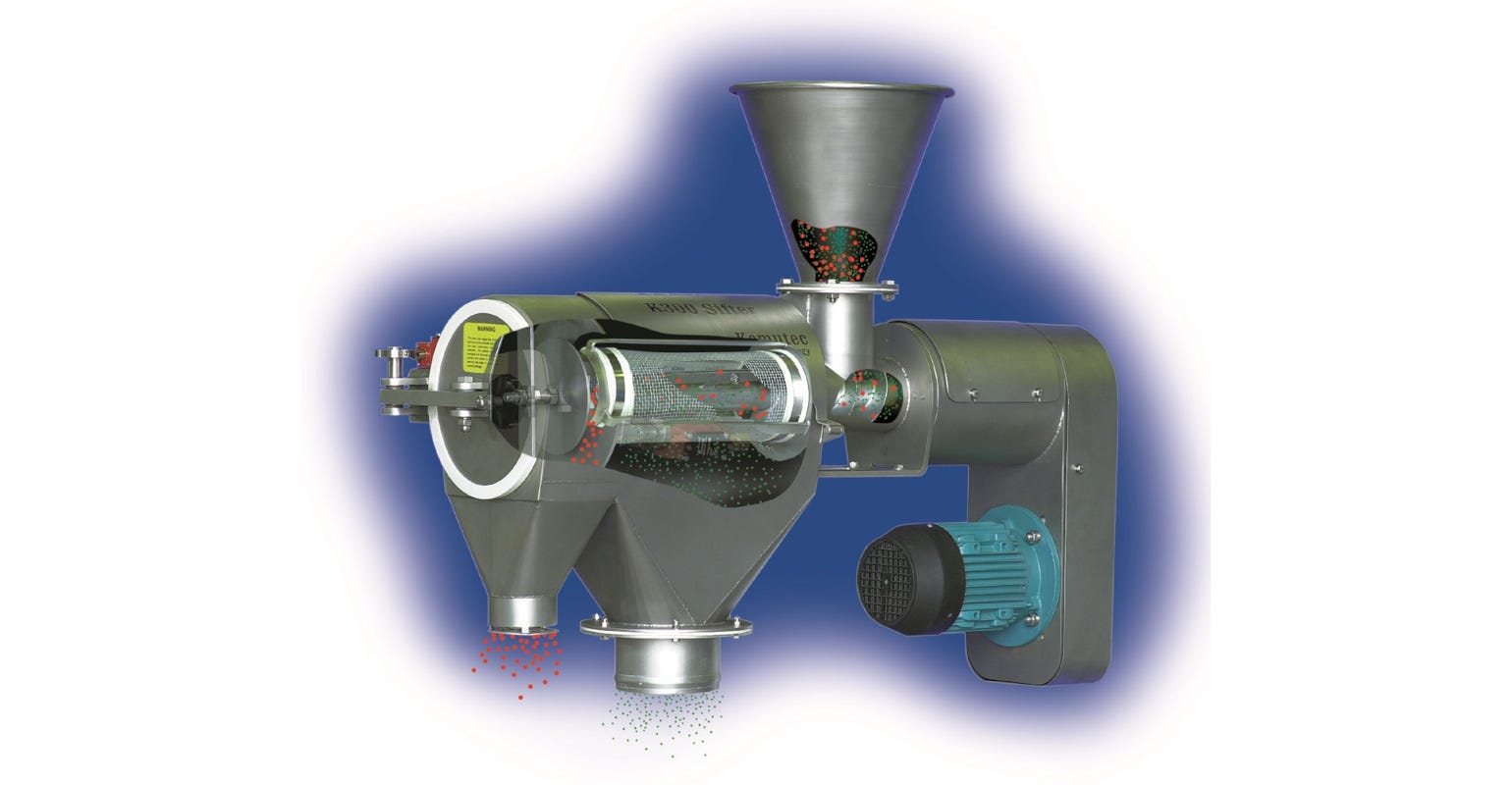How to Achieve Particle Size Distribution Goals Through Unconventional Means
Common reduction obstacles are being viewed differently and opening the door for a new set of lean manufacturing guidelines.
March 20, 2024

When most people hear the word “reduction,” they think “to make something smaller.” In essence, this is true. In the world of powders & bulk solids, there is more than one way to get there. As technology and information have improved over the years, the idea of powder size reduction has taken on a broader meaning.
Size reduction isn’t always about the actual size of the discrete particle. It also includes other physical characteristics that influence material handling and process efficiency. A growing number of industries carry out cutting-edge research on the commercial viability of their product at different particle sizes. Reduction is becoming a more refined definition of particle size distribution that takes surface area, rheology, and morphology into account.
Discrete particle size reduction has been about focusing enough energy from your reduction process to the particles. Historically, milling has been the most common method used to do this.
Apply as much force as necessary to sever the strongest ties holding the particles together. However, what happens when putting too much energy into a process causes more problems than solutions?
In this article, we will talk about how common reduction obstacles are being viewed differently and opening the door for a new set of lean manufacturing guidelines.
Scalping
Particle size reduction frequently aims to reduce the maximum size of the material distribution. Often, the biggest particles comprise the smallest portion of the material's distribution. When this is the case, common particle size reduction technologies become overqualified for the application. Milling applies energy to the entire population of particles in the milling chamber, regardless of requirements.
Other technologies, like sifting, are a more economical way of achieving the same result. During the sifting process, the work is mainly being applied to the oversize particles that do not readily pass through the screen or mesh. Material that has already met the target size requirements can readily exit the processing area. This allows for an overall much more energy efficient system.
De-Dusting
During the reduction process, managing the bottom end of the particle size distribution is one of the most frequently ignored issues. Most particle reduction technologies are not designed to evenly split a particle in two. The particle disintegrates into a wide distribution range. The smaller a particle, the easier it is affected by its surrounding environment. This means that warmth, moisture, and static buildup can suddenly become a much bigger issue. Having an appropriate piece of equipment to remove, collect, and repurpose these particles has become an increasingly prevalent trend in powder reduction technology.
Closed Loop Convey Systems
Many pneumatic conveying systems are open, in which gas is discharged into the environment following conveyance and separation with the transported item. In specific applications when the gas has been treated, letting the gas escape to environment after conveying would be uneconomical. Not only are smaller particles susceptible to heat from outside ambient conditions, but surplus energy from size reduction equipment is frequently discharged as heat during processing.
Closed loop conveying system (image courtesy of Kemutec)
When this happens, cooling is often introduced into the system. As line capacities increase over time, more and more cooling is required. An economical and versatile way of recovering some of those costs is to design the reduction process as a closed loop convey system. A closed loop system captures cooled gas and recirculates it. This provides the most efficient energy balance in a system, lowering the overall energy required to achieve the same goals.
Gentle Tumble Screening
As you may expect, just as a particle does not split completely in two, very few size reduction technologies can minimize alterations to the particle shape. When a material's structure, morphology, or surface area has a direct impact on its use, material separation options become severely limited.

Kek centrifugal sifter cut-away (image courtesy of Kemutec)
A particle's form has a significant impact on factors such as the material's rheology, sphericity, and base particle size. In processes where these factors are crucial, a solution that imparts as little energy as possible to the material is necessary. A tumbling action screener offers an innovative approach to doing this task. This style of material separation technology focuses its energy on increasing the residence time a material sees on a screen’s surface area. Allowing for a very efficient but gentle separation.
Discrete Particle Sifting
In certain applications, different particle size ranges that are present within a materials entire distribution can offer different benefits to an end use. In these instances, the goal is often to separate material into two different product streams, as to optimize the advantages seen at a specific size range. Reducing all material to one homogenous size can dilute the potency of the unique property or quality. When high-efficiency sifting is used on these materials, the ability to produce two separate sellable products from a single sifting device has a significant economic benefit.
Summary
These are only a few examples of innovative particle size reduction methods. It is important to understand what the true end goal for the material is, so that the best processing design solution can be implemented. In this article we explored some of the factors and technologies that can drive those decisions.
Tim Wehr is account executive at Kemutec, part of Schenck Process Food and Performance Materials (FPM), Bristol, PA. For more information, call 215-788-8013, email [email protected], or visit www.kemutecusa.com.
About the Author(s)
You May Also Like




